Books
Catching up with ‘Rainbow Milk’ author Paul Mendez
Widely praised novel began as memoir
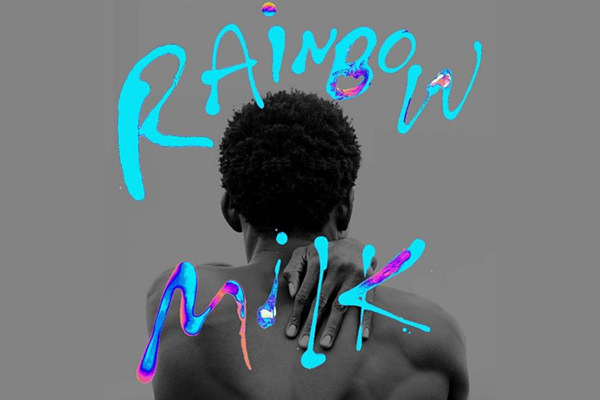
In 2004, Black, gay writer Paul Mendez, then 22, was in London, studying acting. To pay for the acting classes, he was a sex worker.
Today, Mendez, now 39, is one of the hottest authors on the literary scene. His debut novel “Rainbow Milk,” published in the United Kingdom last year and released this month in the United States, has received wide praise.
The BBC, the Observer and other U.K. outlets put “Rainbow Milk” on their best books of 2020 lists.
Recently, Mendez spoke with the Blade on FaceTime about a range of topics.
Mendez grew up in a working class family as a Jehovah’s Witness in Dudley, a town in an industrial region called the Black Country in the West Midlands, a county in central England.
His grandparents came to the U.K. from Jamaica as part of the Windrush generation.
The term “Windrush generation” refers to people from Caribbean countries who emigrated to the U.K. between 1948 and 1971. They were encouraged to come to the United Kingdom because of labor shortages after World War II. Yet, they encountered racism and hostility to immigration when they arrived in the U.K.
Because of his sexual orientation, Mendez was “disfellowshipped” by his Jehovah’s Witness family and church.
Now, Mendez lives in London with his partner Alan Hollinghurst. Hollinghurst, a novelist, was born in Stroud in Gloucestershire, England in 1954. He was awarded the Man Booker Prize for his novel “The Line of Beauty.”
“Rainbow Milk” begins in the 1950s. Norman and Claudette, middle-class newlyweds in Jamaica emigrate to England. They’re part of the Windrush generation. They hope their future will be better in the U.K. But, on arriving there, they encounter racism and have trouble finding suitable work. When Norman starts to lose his eyesight, the family’s survival is at risk. Norman narrates this part of the novel in the first person.
The rest of “Rainbow Milk” takes place 50 years later. Here, we meet the protagonist of the novel: Jesse McCarthy, a young Black, gay British man. Jesse is Norman’s grandson.
Jesse’s mother is Black and his stepfather is white. He’s never known his father who left the family when he was a baby. He and his working-class family, who are Jehovah’s Witnesses, live in the industrial region of the Black Country.
Nineteen-year-old Jesse is bright and a devout Jehovah’s Witness. He is considered to be a potential leader by members of the church. But Jesse begins to think he might be queer. He knows he needs to keep this a secret.
His attempt at secrecy fails. Jesse is disfellowshipped by Jehovah’s Witnesses after a church member outs him.
In 2002, Jesse escapes to London to create a life for himself as a queer, Black working-class man. Jesse becomes a sex worker to stay afloat and explores his sexuality. He reckons with race, class, sexuality, and spirituality in his search for self-discovery, freedom and the stability of a chosen family.
“You’ve lost your center of gravity,” a friend says to Jesse, “so to survive, you’ll need to take steps to create another.”
In “Rainbow Milk,” Jesse evolves from a young man (not yet out of his teens) trying to navigate life in a strange city into an adult who’s a writer in a stable queer relationship.
There are some similarities between Jesse and Mendez. Both are Black, queer and were disfellowshipped by the Jehovah’s Witnesses. They’re British with a Jamaican heritage, they both moved to London and became sex workers as well as writers.
“Rainbow Milk” is both “autobiographical and fictional,” Mendez said. Yet, though it has elements of autobiography, “It’s a work of fiction,” he said. “I’ve created unique scenes that I didn’t go through personally, but I went through, maybe, something similar, with other people.”
He created characters “with interiors,” Mendez added. One difference: Jesse moved to London at a different age and year (at 19 in 2002) than when Mendez moved to London (at age 22 in 2004).
Mendez researched what London was like then and created characters who didn’t share his story.
Jesse, for instance, has a white father. Mendez’s dad is Black and married to his mother.
“It became interesting for me to examine what it’s like to be raised as a Black person without any sense of [Black] heritage,” Mendez said.
It’s hard to answer the question of whether a novel is autobiographical, Mendez said. Hollinghurst, for instance, went to boarding school, studied at Oxford, became an editor at a literary journal and then a novelist.
“That’s the kind of world, he writes about,” Mendez said, “but they’re not him.”
People should be able to tell the difference between a memoir and a work of fiction, he added.
“Rainbow Milk” began as a memoir but his publisher challenged Mendez. “She recognized that I wasn’t going all the way,” Mendez said, “I was protecting people. I was reticent when it came to discussing some of the most difficult moments that I’d been through.”
The novel began to flow when he switched to fiction and began writing in the third person. “I wasn’t reopening old wounds,” Mendez said.
Mendez has been a performing member of two theater companies and worked as a voice actor, appearing on audio books by Andrea Levy, Paul Theroux and Ben Okri. He narrates the audio version of “Rainbow Milk.” Mendez has contributed to “Esquire,” “Vogue” and other publications. He is studying for an M.A. in Black British Literature at Goldsmiths, University of London.
Because he’s so busy, Mendez is taking a year off from his studies. He’s thinking about his second novel and working with a production company to adapt “Rainbow Milk” into a TV series.
Adapting “Rainbow Milk” for TV has been different for Mendez from working on “Rainbow Milk” first as a memoir, then as a novel.
“In picking apart ‘Rainbow Milk’ to construct 10 episodes,” Mendez said, “you do see where the narrative thread could have been worked out a little bit better.”
“It will be wonderful to see a visual Jesse,” Mendez added.
“Rainbow Milk” came out in the U.K. soon after George Floyd was murdered. In the aftermath of Floyd’s death, voices like his and other Black writers in the U.K. have been more sought after, Mendez said.
“It’s felt at times that I’m the name on everyone’s lips,” Mendez said. “We need a Black person. Let’s call Paul Mendez. We’ve heard of him.”
“I think only five books by five Black British men have been published over the last five years,” Mendez said.
There is hope that this will change. Mendez is a member of the Black Writers Guild, which was formed last June. “We’ve come together to hold the mainstream publishing industry to account,” he said.
The Guild wrote an open letter to the “big five” publishers in the U.K. calling upon the overwhelming white publishing industry to become more inclusive.
“They all vowed to work closely with me to help effect change,” Mendez said, “it’s what are we going to do in the long term to systematically include Black voices in the publishing industry?”
Books are the way to change people’s lives, he added.
Books
New book offers observations on race, beauty, love
‘How to Live Free in a Dangerous World’ is a journey of discovery
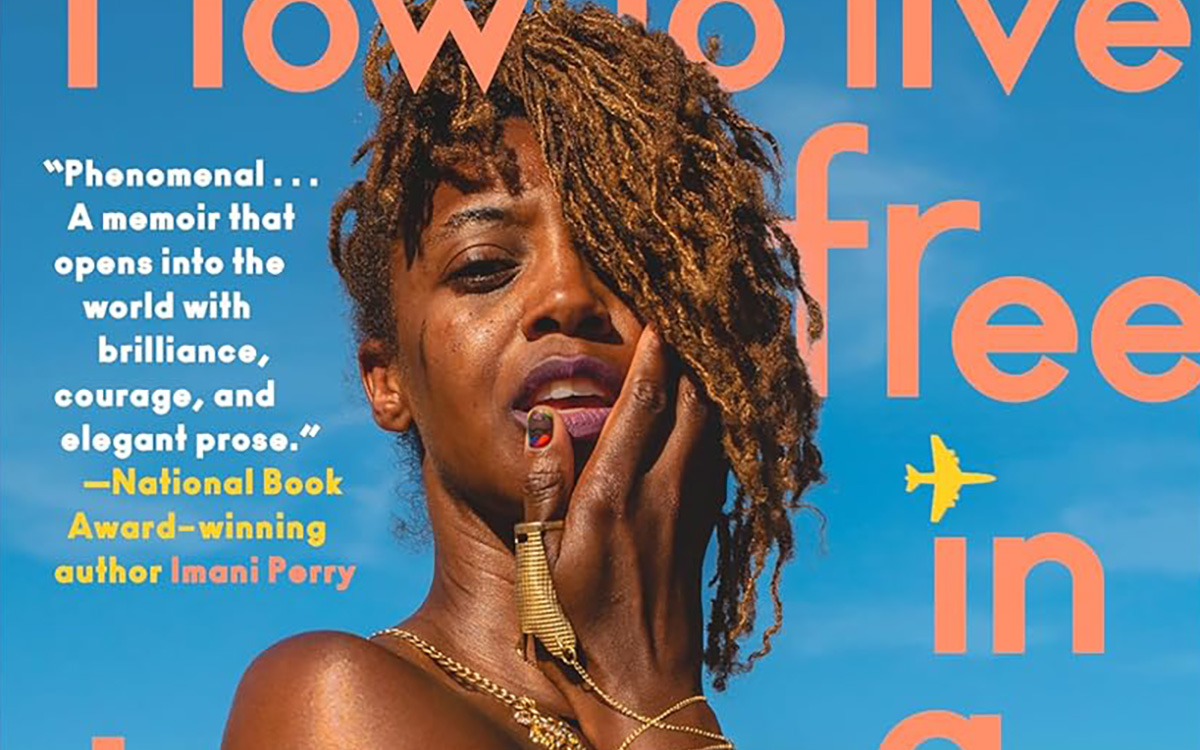
‘How to Live Free in a Dangerous World: A Decolonial Memoir’
By Shayla Lawson
c.2024, Tiny Reparations Books
$29/320 pages
Do you really need three pairs of shoes?
The answer is probably yes: you can’t dance in hikers, you can’t shop in stilettos, you can’t hike in clogs. So what else do you overpack on this long-awaited trip? Extra shorts, extra tees, you can’t have enough things to wear. And in the new book “How to Live Free in a Dangerous World” by Shayla Lawson, you’ll need to bring your curiosity.

Minneapolis has always been one of their favorite cities, perhaps because Shayla Lawson was at one of Prince’s first concerts. They weren’t born yet; they were there in their mother’s womb and it was the first of many concerts.
In all their travels, Lawson has noticed that “being a Black American” has its benefits. People in other countries seem to hold Black Americans in higher esteem than do people in America. Still, there’s racism – for instance, their husband’s family celebrates Christmas in blackface.
Yes, Lawson was married to a Dutch man they met in Harlem. “Not Haarlem,” Lawson is quick to point out, and after the wedding, they became a housewife, learned the language of their husband, and fell in love with his grandmother. Alas, he cheated on them and the marriage didn’t last. He gave them a dog, which loved them more than the man ever did.
They’ve been to Spain, and saw a tagline in which a dark-skinned Earth Mother was created. Said Lawson, “I find it ironic, to be ordained a deity when it’s been a … journey to be treated like a person.”
They’ve fallen in love with “middle-American drag: it’s the glitteriest because our mothers are the prettiest.” They changed their pronouns after a struggle “to define my identity,” pointing out that in many languages, pronouns are “genderless.” They looked upon Frida Kahlo in Mexico, and thought about their own disability. And they wish you a good trip, wherever you’re going.
“No matter where you are,” says Lawson, “may you always be certain who you are. And when you are, get everything you deserve.”
Crack open the front cover of “How to Live Free in a Dangerous World” and you might wonder what the heck you just got yourself into. The first chapter is artsy, painted with watercolors, and difficult to peg. Stick around, though. It gets better.
Past that opening, author Shayna Lawson takes readers on a not-so-little trip, both world-wide and with observant eyes – although it seems, at times, that the former is secondary to that which Lawson sees. Readers won’t mind that so much; the observations on race, beauty, love, the attitudes of others toward America, and finding one’s best life are really what takes the wheel in this memoir anyhow. Reading this book, therefore, is not so much a vacation as it is a journey of discovery and joy.
Just be willing to keep reading, that’s all you need to know to get the most out of this book. Stick around and “How to Live Free in a Dangerous World” is what to pack.
The Blade may receive commissions from qualifying purchases made via this post.
Books
Story of paralysis and survival features queer characters
‘Unswerving: A Novel’ opens your eyes and makes you think
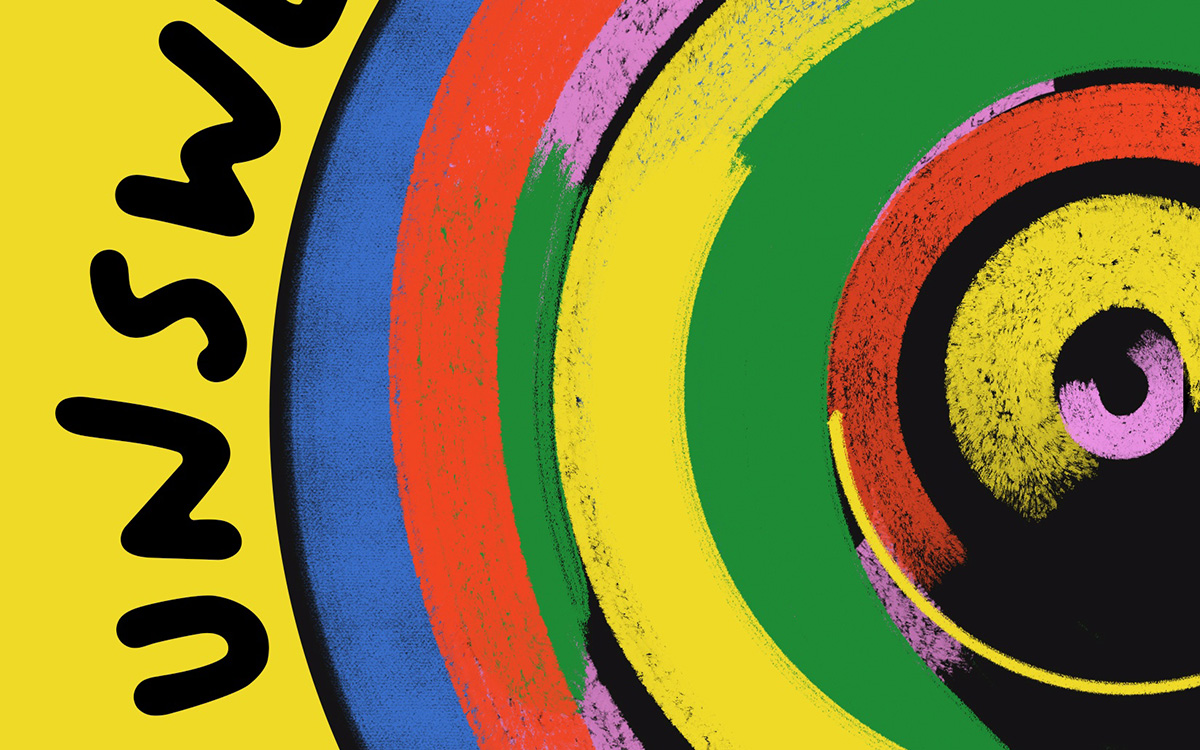
‘Unswerving: A Novel’
By Barbara Ridley
c.2024, University of Wisconsin Press
$19.95 / 227 pages
It happened in a heartbeat.
A split-second, a half a breath, that’s all it took. It was so quick, so sharp-edged that you can almost draw a line between before and after, between then and now. Will anything ever be the same again? Perhaps, but maybe not. As in the new book “Unswerving” by Barbara Ridley, things change, and so might you.

She could remember lines, hypnotizing yellow ones spaced on a road, and her partner, Les, asleep in the seat beside her. It was all so hazy. Everything Tave Greenwich could recall before she woke up in a hospital bed felt like a dream.
It was as though she’d lost a month of her life.
“Life,” if you even wanted to call it that, which she didn’t. Tave’s hands resembled claws bent at the wrist. Before the accident, she was a talented softball catcher but now she could barely get her arms to raise above her shoulders. She could hear her stomach gurgle, but she couldn’t feel it. Paralyzed from the chest down, Tave had to have help with even the most basic care.
She was told that she could learn some skills again, if she worked hard. She was told that she’d leave rehab some day soon. What nobody told her was how Les, Leslie, her partner, girlfriend, love, was doing after the accident.
Physical therapist Beth Farringdon was reminded time and again not to get over-involved with her patients, but she saw something in Tave that she couldn’t ignore. Beth was on the board of directors of a group that sponsored sporting events for disabled athletes; she knew people who could serve as role models for Tave, and she knew that all this could ease Tave’s adjustment into her new life. It was probably not entirely in her job description, but Beth couldn’t stop thinking of ways to help Tave who, at 23, was practically a baby.
She could, for instance, take Tave on outings or help find Les – even though it made Beth’s own girlfriend, Katy, jealous.
So, here’s a little something to know before you start reading “Unswerving”: author Barbara Ridley is a former nurse-practitioner who used to care for patients with spinal cord injuries. That should give readers a comfortable sense of satisfaction, knowing that her experiences give this novel an authenticity that feels right and rings true, no faking.
But that’s not the only appeal of this book: while there are a few minor things that might have readers shaking their heads (HIPAA, anyone?), Ridley’s characters are mostly lifelike and mostly likable. Even the nasties are well done and the mysterious character that’s there-not-there boosts the appeal. Put everyone together, twist a little bit to the left, give them some plotlines that can’t ruined by early guessing, and you’ve got a quick-read novel that you can enjoy and feel good about sharing.
And share you will because this is a book that may also open a few eyes and make readers think. Start “Unswerving” and you’ll (heart) it.
The Blade may receive commissions from qualifying purchases made via this post.
Books
Examining importance of queer places in history of arts and culture
‘Nothing Ever Just Disappears’ shines with grace and lyrical prose
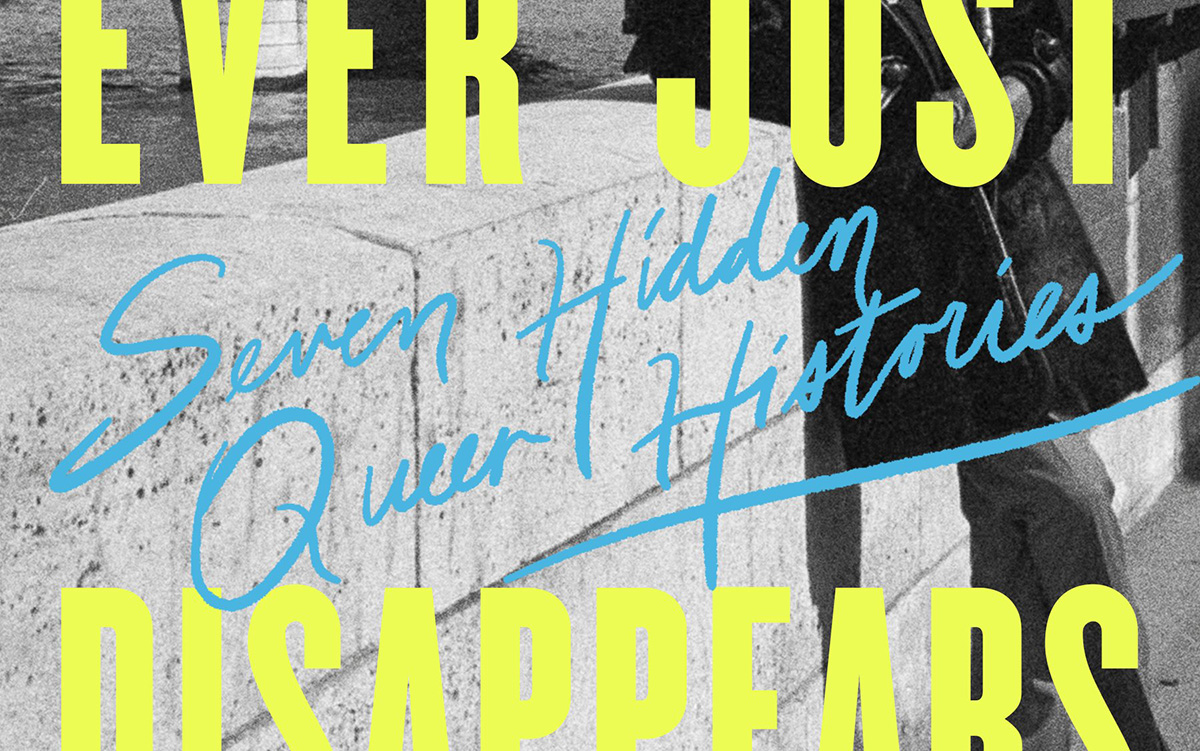
‘Nothing Ever Just Disappears: Seven Hidden Queer Histories’
By Diarmuid Hester
c.2024, Pegasus Books
$29.95/358 pages
Go to your spot.
Where that is comes to mind immediately: a palatial home with soaring windows, or a humble cabin in a glen, a ramshackle treehouse, a window seat, a coffeehouse table, or just a bed with a special blanket. It’s the place where your mind unspools and creativity surges, where you relax, process, and think. It’s the spot where, as in the new book “Nothing Ever Just Disappears” by Diarmuid Hester, you belong.

Clinging “to a spit of land on the south-east coast of England” is Prospect Cottage, where artist and filmmaker Derek Jarman lived until he died of AIDS in 1994. It’s a simple four-room place, but it was important to him. Not long ago, Hester visited Prospect Cottage to “examine the importance of queer places in the history of arts and culture.”
So many “queer spaces” are disappearing. Still, we can talk about those that aren’t.
In his classic book, “Maurice,” writer E.M. Forster imagined the lives of two men who loved one another but could never be together, and their romantic meeting near a second-floor window. The novel, when finished, “proved too radical even for Forster himself.” He didn’t “allow” its publication until after he was dead.
“Patriarchal power,” says Hester, largely controlled who was able to occupy certain spots in London at the turn of the last century. Still, “queer suffragettes” there managed to leave their mark: women like Vera Holme, chauffeur to suffragette leader Emmeline Pankhurst; writer Virginia Woolf; newspaperwoman Edith Craig, and others who “made enormous contributions to the cause.”
Josephine Baker grew up in poverty, learning to dance to keep warm, but she had Paris, the city that “made her into a star.” Artist and “transgender icon” Claude Cahun loved Jersey, the place where she worked to “show just how much gender is masquerade.” Writer James Baldwin felt most at home in a small town in France. B-filmmaker Jack Smith embraced New York – and vice versa. And on a personal journey, Hester mourns his friend, artist Kevin Killian, who lived and died in his beloved San Francisco.
Juxtaposing place and person, “Nothing Ever Just Disappears” features an interesting way of presenting the idea that both are intertwined deeper than it may seem at first glance. The point is made with grace and lyrical prose, in a storyteller’s manner that offers back story and history as author Diarmuid Hester bemoans the loss of “queer spaces.” This is really a lovely, meaningful book – though readers may argue the points made as they pass through the places included here. Landscapes change with history all the time; don’t modern “queer spaces” count?
That’s a fair question to ask, one that could bring these “hidden” histories full-circle: We often preserve important monuments from history. In memorializing the actions of the queer artists who’ve worked for the future, the places that inspired them are worth enshrining, too.
Reading this book may be the most relaxing, soothing thing you’ll do this month. Try “Nothing Ever Just Disappears” because it really hits the spot.
The Blade may receive commissions from qualifying purchases made via this post.
-
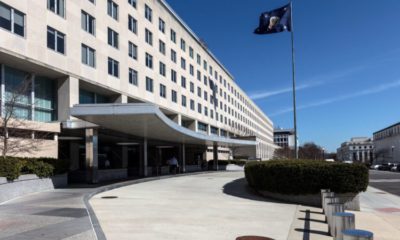
 State Department4 days ago
State Department4 days agoState Department releases annual human rights report
-
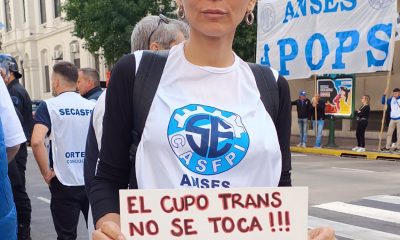
 South America2 days ago
South America2 days agoArgentina government dismisses transgender public sector employees
-
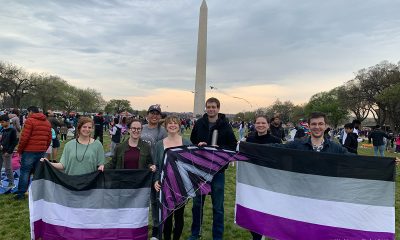
 District of Columbia2 days ago
District of Columbia2 days agoCatching up with the asexuals and aromantics of D.C.
-

 Politics4 days ago
Politics4 days agoSmithsonian staff concerned about future of LGBTQ programming amid GOP scrutiny








